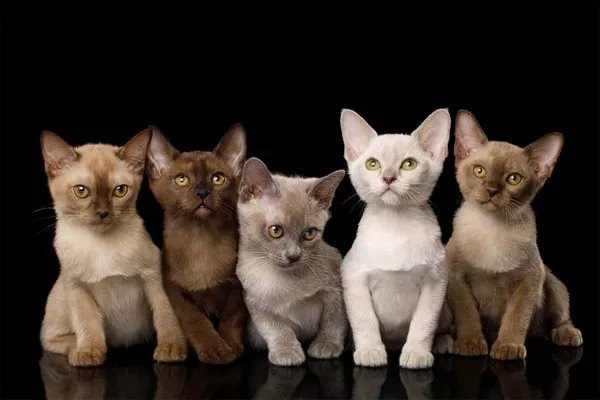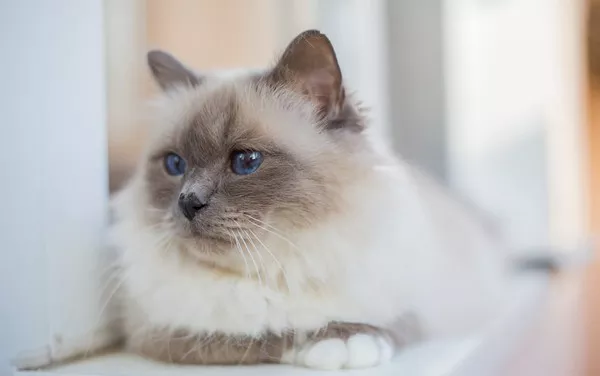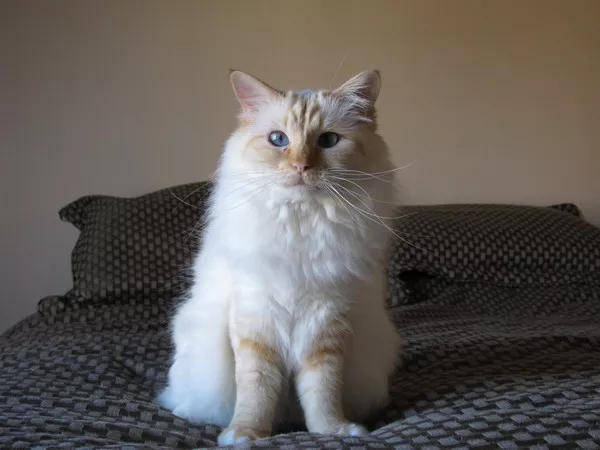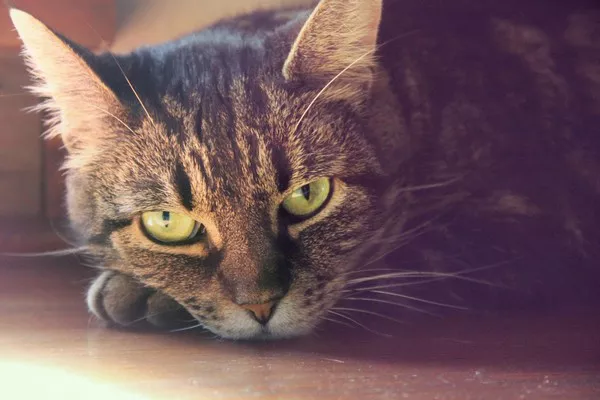Recent research from the Royal Veterinary College (RVC) offers new insights into the life expectancy of domestic cats in the UK, revealing that Sphynx cats may not be the best choice for those looking for a long-lived feline companion.
According to the study, conducted by RVC and National Chung Hsing University in Taiwan, Burmese and Birman cats have the highest life expectancy among breeds studied. Data shows that kittens of these breeds can expect to live an additional 14.4 years on average. In contrast, the Sphynx, known for its distinct appearance and lack of fur, has a shorter life expectancy, which researchers attribute to a higher risk of various diseases.
The research analyzed data from 7,936 cats registered with veterinarians in the UK that died between January 1, 2019, and March 31, 2021. The findings, published in the Journal of Feline Medicine and Surgery, show that the average remaining life expectancy for cats in their first year of life is 11.7 years. The life expectancy is slightly higher for females at 12.5 years and lower for males at 11.2 years.
Dr. Dan O’Neill, a co-author of the study, highlighted the significant difference in life expectancy between crossbreeds and purebreds. Crossbreeds tend to live longer, with an average remaining life expectancy of 11.9 years in their first year, compared to 10.4 years for purebred cats. “If somebody’s priority is they want a cat that is going to defer death for as long as possible, on average, we now have the evidence to say [choose a] female and crossbred,” O’Neill said.
The study also found that neutered cats generally have a longer life expectancy. This difference is likely because cats are often neutered as they grow older, which can contribute to increased longevity.
Dr. O’Neill believes that the data provided by the study not only helps cat owners understand what to expect in terms of their pet’s lifespan but also assists prospective cat owners, rehoming charities, and veterinarians in making informed decisions about cat care, particularly when it comes to managing the health of older or at-risk breeds.
The results emphasize the importance of breed and lifestyle factors in the life expectancy of cats, providing valuable information for those looking to add a feline friend to their family.

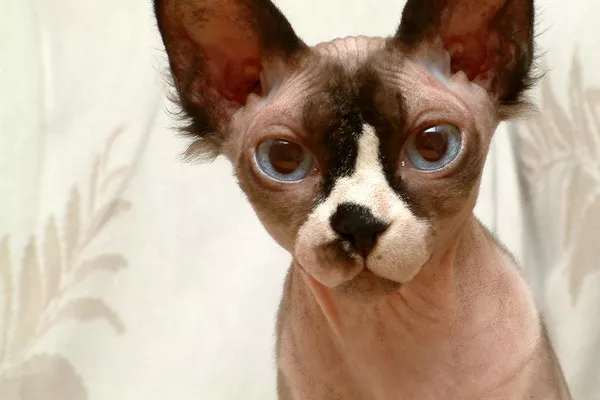
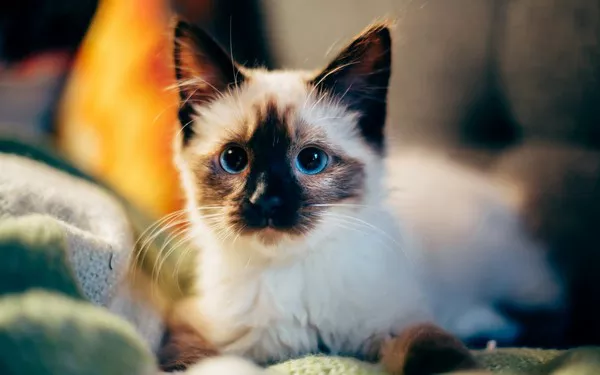
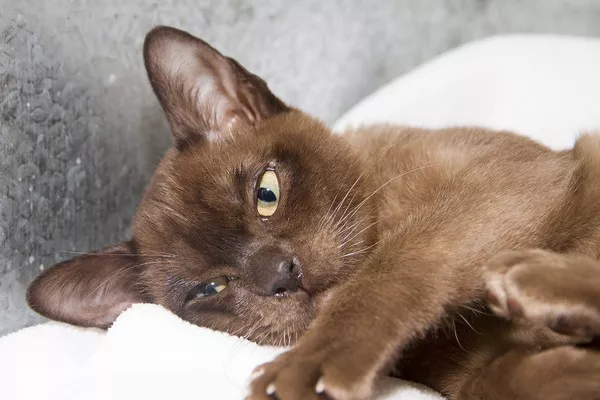
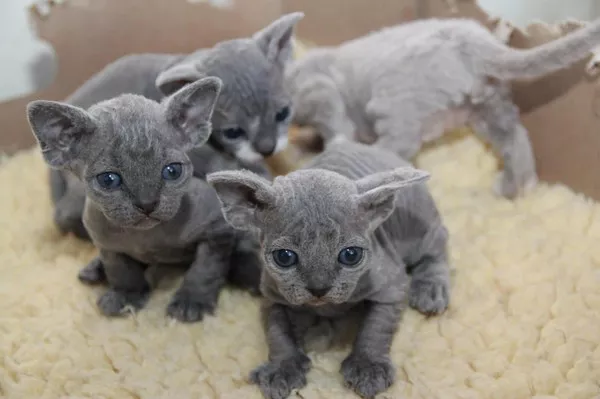
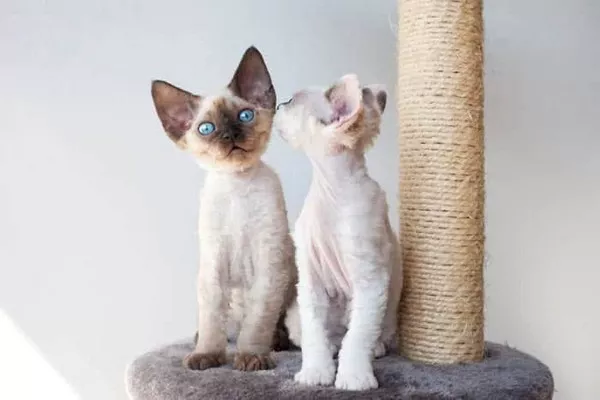
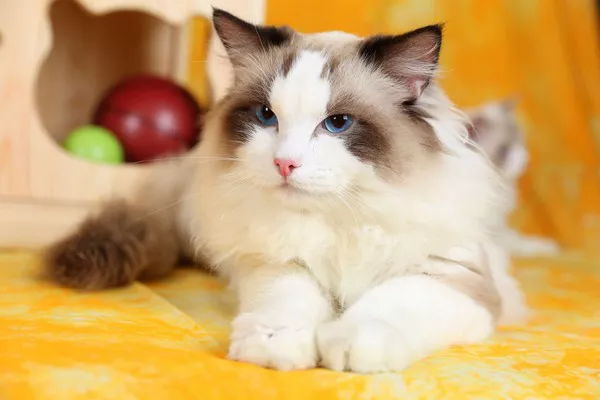
![Are Birman Cats Cuddly?[Revealed!]](https://www.catsmeowweb.com/wp-content/uploads/2023/06/birman-cat-26.webp)
